On the morning of December 7, 1955, a racial incident involving blacks and whites took place on a golf course in Greensboro, North Carolina. That particular winter day, George C. Simkins, Jr., awaited the arrival of his five African-American friends and golf partners.
The day started off as it had on numerous occasions. Simkins would wait, his friends would arrive, and they would often drive to High Point, Charlotte, or sometimes Durham to play a few games of golf. However, on this day, the group decided they wanted to play at Gillespie Park, which was a city-owned course operated as a private facility by a group of white citizens.
The white citizens leased the park for one dollar. These types of agreements were a common practice among Southern municipalities, which aimed to avoid the Supreme Court ruling that made it illegal for city-owned golf courses to discriminate. Entrance to Gillespie Park was restricted to “members” and their guests.
Simkins and his friends sought to bring changes to the park. When they arrived at Gillespie Park, the golf shop attendant greeted the group with hostility, grabbing the registration book to keep them from signing it. One after another, all six men, Dr. Simkins, Leon Wolfe, Joseph Sturdivant, Samuel Murray, Elijah Herring, and Phillip Cook placed their 75-cent fee on the counter and headed for the first tee. The men were on the fifth hole when pro Ernie Edwards approached up with them. Edwards cursed and threatened the men, saying that he would have them arrested if they didn’t leave. However, this threat was ignored; the men finished nine holes and headed home.
Later that evening, a black police officer was instructed to arrest the men and take all six to the local jail. The six golfers were eventually found guilty of trespassing and sentenced to 30 days in jail. Although they lost an appeal in superior court, the fight against discrimination continued at the federal court level.
Judge Johnson J. Hayes ruled in their favor and issued a declaratory judgment. He ordered Gillespie Park to open to everyone within two weeks. However, instead of opening up the course to black people, the white residents would rather see it destroyed. Therefore, someone slipped into the Gillespie Park clubhouse and burned it down to the ground. City officials later refused to rebuild the clubhouse, so the course was shut down. Seven years later, the park was rebuilt and open to the public.
source:
http://aaregistry.org/historic_events/view/story-greenboro-six

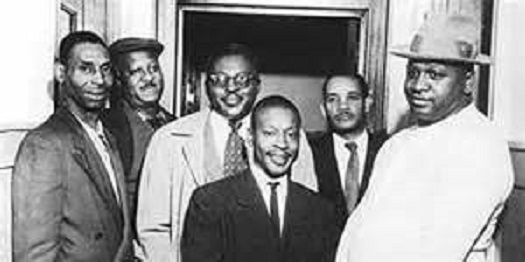





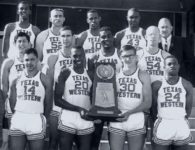
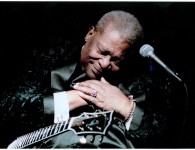

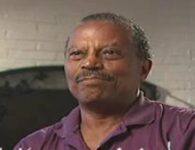
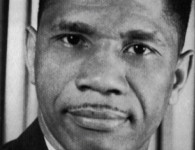
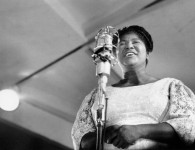


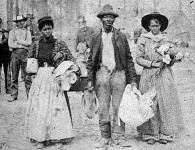
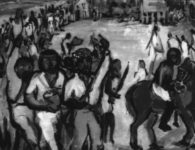
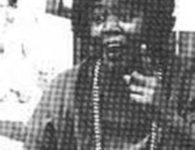

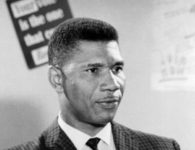

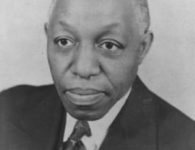

No comments